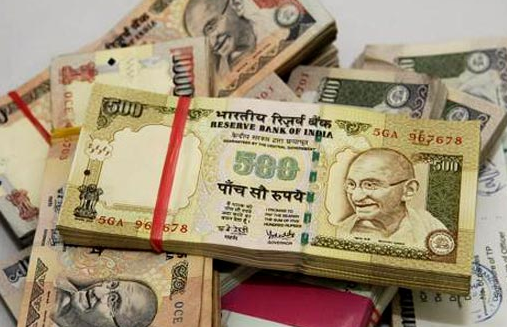MUDRA Bank
In the Budget of 2015-16, the government proposed creation of a Micro Units Development Refinance Agency titled MUDRA Bank. Some of its features are as follows:
- The bank will be built with a corpus of Rs. 20,000 crores and a credit guarantee corpus of Rs. 3,000 crore.
- Mudra will refinance MFIs (microfinance institutions) through the Pradhan Mantri Mudra Yojana, and a new law will be enacted to enable its functioning.
- The objective behind the establishment of Mudra is to ease the availability of credit facilities to micro, small and medium enterprises (MSME) in India.
- The Bank will focus of SC/ST entrepreneurs and priority will be given to them in terms of lending.
- Mudra will indirectly fund entrepreneurs through different credit institutions that will function under it.
- Other than financing, Mudra will also play a regulatory role by registering and exercising oversight over all small business finance institutions.
- Mudra will work with co-ordinators at the national, state and regionals. Additionally, it will also work with last mile financiers (LMFs) of micro businesses at the regional level.
Need for Mudra Bank
- There are 57.7 million small business units in India providing jobs to 128 million people. However, only 4% of such units have access to institutional finance. This leaves such businesses at the mercy of informal lenders who charge exorbitant rates of interest
- MSMEs account for 40% of India’s exports, and hence, greater access to funds will help propel the growth of exports
- Demand for loans is approximately $80 billion in excess to the available supply of loans in this sector
- Mudra will boost granting of loans for and cut the borrowing costs for small businesses. Hence, it will encourage the growth of the MSME sector
- Though MFIs have increased lending, and have massive funds at their disposal, they target poor individuals and not small businesses. Additionally, MFIs can lend a maximum of only Rs. 50,000 to a single borrower, thus severely limiting their capacity to assist businesses
- Mainstream banks, on the other hand, stay away from small businesses because it could potentially increase their already piling share of bad debts, and as lending to the MSME is not economically viable
- By providing access to loans to MSMEs and to SC/ST, Mudra furthers the cause of inclusive growth
- The Mudra Bank model requires micro businesses to register with it, before it can avail of any credit. This will help in organisation and inclusion in the national records of approximately 70% of micro businesses that are unregistered
- By providing finance in a formal and organised manner to the informal sector, Mudra will help businesses in the informal economy transition to the formal economy
- Mudra as a model takes into account of the unique nature of the Indian economy, and what would best serve the businesses in India. Hence, the indigenisation of the banking model makes it highly relevant and beneficial to businesses.
Analysis: Mudra Bank – Finding the Missing Middle


